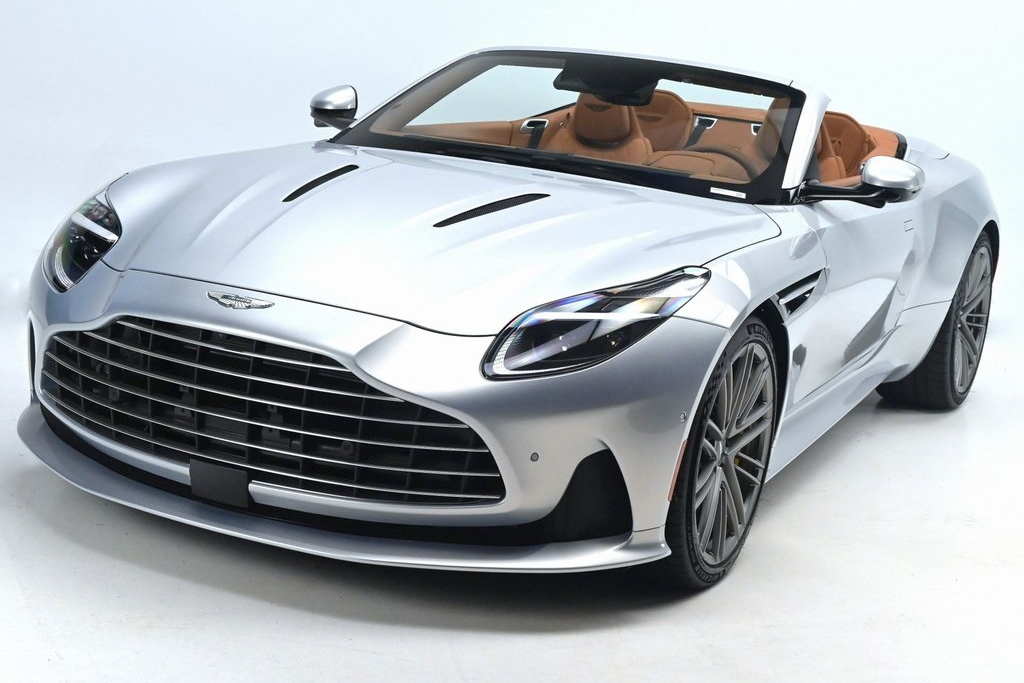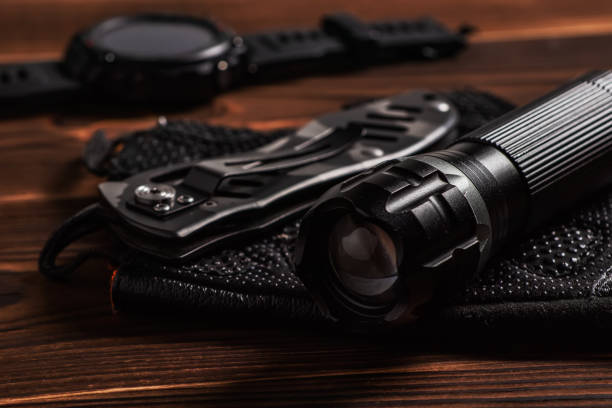There’s something almost primordial about driving a convertible sports car—that visceral connection between driver, machine, and environment that no hardtop can replicate. I’ve spent decades chasing that feeling, from winding coastal highways to mountain passes, and I’m convinced it represents motoring in its purest form.
The Convertible Journey: From Necessity to Luxury and Back Again
Convertibles weren’t born from luxury—they were simply how cars began. Early automobiles of the 1900s were essentially motorized carriages, open to the elements by default. What’s fascinating is how the segment evolved from necessity to status symbol and back to pure driving pleasure.
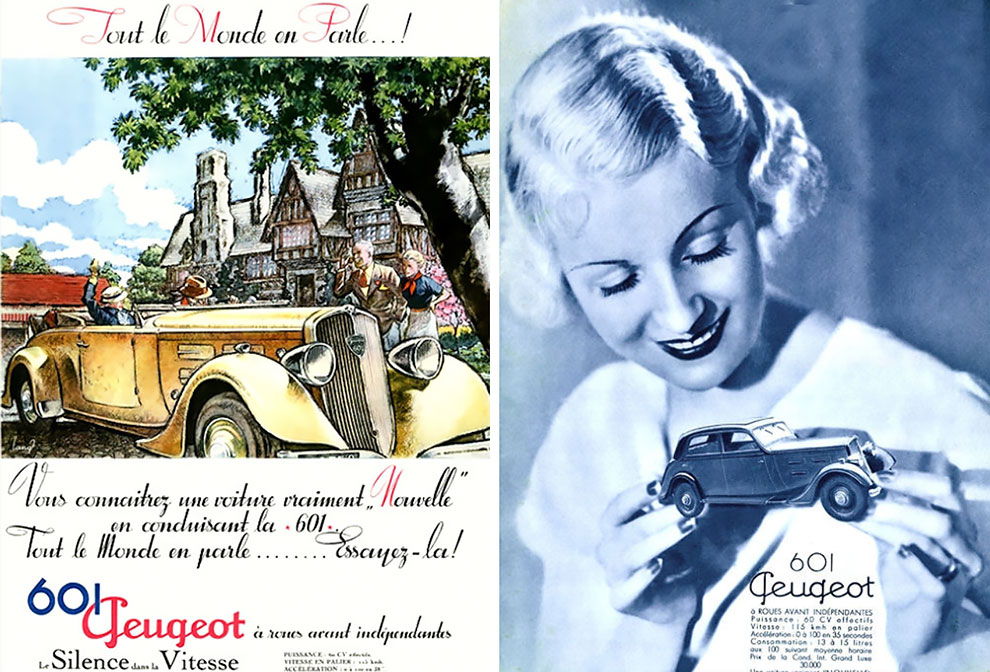
1934 Peugeot 601 Eclipse: Revolutionary Engineering
The pre-war period brought technical innovation that still influences convertibles today. When Peugeot introduced the 601 Eclipse in 1934, its mechanically retractable hardtop was revolutionary—requiring strength and coordination that would make a gymnast jealous. The mechanism was so complex that best estimates report that only 39 to 44 were ever built, each one essentially hand-crafted. I once saw one at Pebble Beach and spent an hour watching it transform, mesmerized by the intricate ballet of metal and springs.
The Eclipse solved a problem that plagued early convertibles: balancing all-weather practicality with open-air freedom. Its 2.1-liter six-cylinder engine produced a modest 60 horsepower, but power wasn’t the point—innovation was. The hardtop retracted into the trunk via a hand-cranked mechanism that presaged modern power retractable hardtops by more than half a century. Designer Georges Paulin, who later joined the French Resistance and was executed by the Nazis in 1942, created not just a car but a new category that would influence Mercedes, Ferrari, and countless others decades later.

1936 Auburn Speedster: Depression-Era Defiance
The 1930s transformed the convertible from basic transportation into objects of desire. The 1936 Auburn Speedster stands as perhaps the most audacious statement from this era—with its boat-tail design and Lycoming straight-eight engine producing a then-astounding 150 horsepower, it embodied early-century American extravagance. The Great Depression was ravaging the country, yet Auburn created this magnificent beast that could hit 100 mph with the top down. It wasn’t just transportation; it was defiance on wheels.
The Speedster’s Art Deco-inspired dashboard, with its engine-turned aluminum panel housing cream-colored gauges, was as much artwork as instrumentation. Designer Gordon Buehrig created a silhouette so perfect that it still draws gasps at concours events today. The supercharged version, recognizable by the external exhaust pipes emerging from the hood, became the first American car certified to exceed 100 mph in stock form. With fewer than 150 surviving today, each one tells a story of American optimism during the country’s darkest economic chapter.
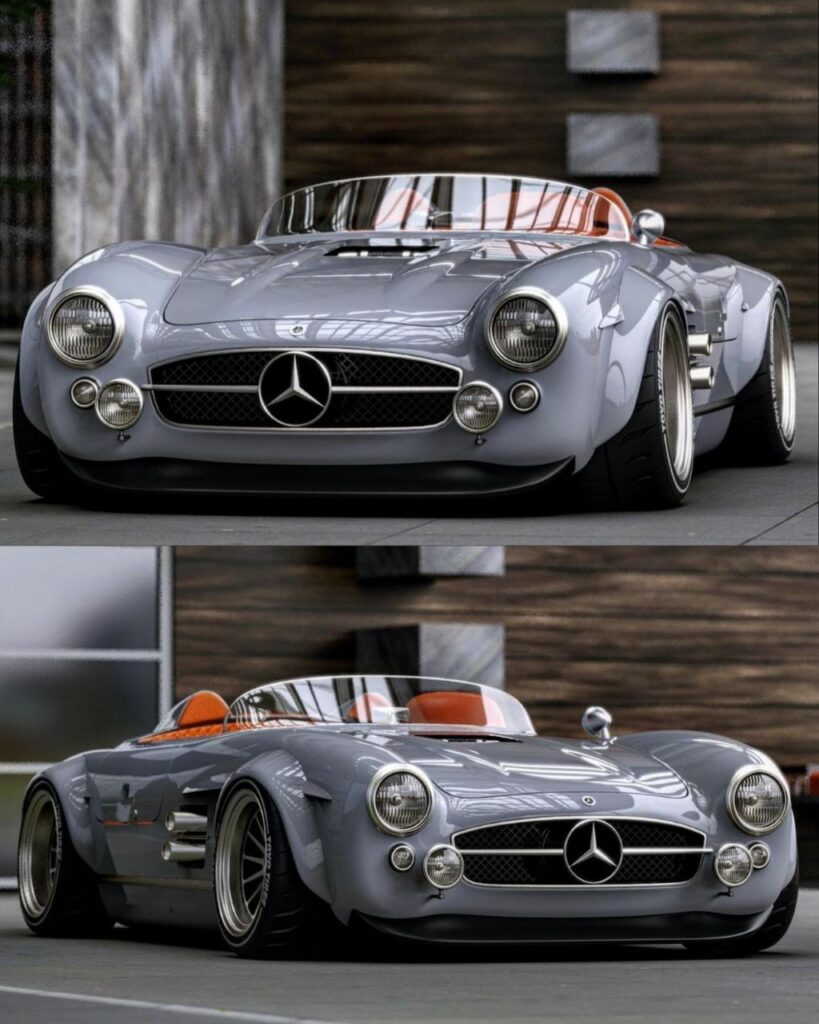
1954 Mercedes-Benz 300SL Roadster: Engineering Excellence Unroofed
When Mercedes decided to remove the roof from its legendary “Gullwing” 300SL coupe, engineers didn’t merely cut off the top—they fundamentally reimagined the car. The 1954 300SL Roadster featured conventional doors (the coupe’s gullwings were necessitated by its tubular chassis design) and added crucial strengthening to ensure the open-top car maintained structural integrity. The result was a 3.0-liter straight-six marvel producing 240 horsepower—extraordinary for the time—wrapped in bodywork that still defines automotive elegance.
What made the 300SL Roadster special wasn’t just its performance but its dual nature. Here was a car that could win the Mille Miglia with racing legend Stirling Moss at the wheel, yet be driven comfortably on the Côte d’Azur the next day. Its fuel-injected engine (the first in a production car) allowed for reliable cold starts and smooth operation—revolutionary when carburetors were still standard. With values now exceeding $1 million, the 300SL Roadster represents perhaps the most blue-chip investment in the convertible world, appreciating relentlessly while remaining genuinely usable.
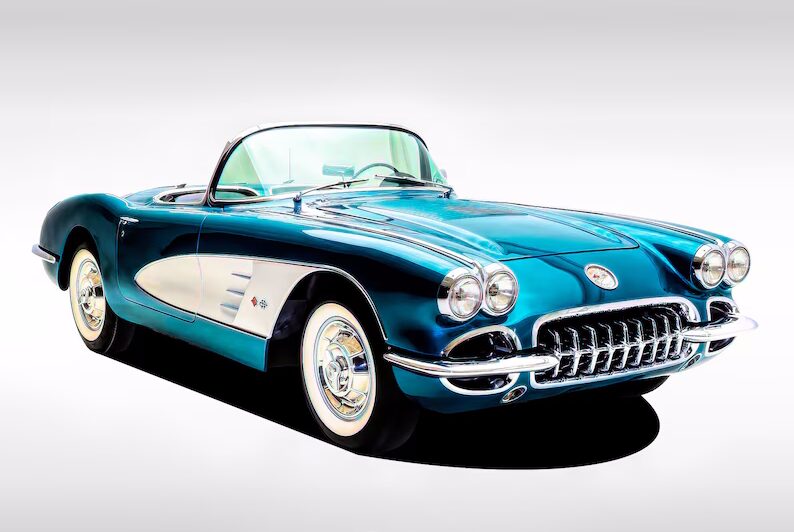
1957 Chevrolet Corvette C1: America Finds Its Sports Car Voice
The early Corvette struggled to find its identity, but the 1957 model year marked the moment when America’s sports car came of age. Chief engineer Zora Arkus-Duntov, himself a Le Mans winner, convinced GM to install the new 283 cubic-inch V8 with optional fuel injection—the famous “Fuelie”—creating the first American production car to achieve one horsepower per cubic inch (283 horsepower total).
The 1957 Corvette convertible combined European-inspired handling with distinctly American V8 power and style. Its fiberglass body—revolutionary for a production car of the era—kept weight down while allowing for the sensuous curves that have become Corvette hallmarks. The convertible-only C1 generation (a fixed-roof coupe wouldn’t arrive until the C2 in 1963) established Corvette as a legitimate performance competitor on the world stage, with Duntov-prepared cars proving successful in racing at Sebring and beyond. The coves along the bodyside, chrome teeth in the grille, and twin rounded taillights established design elements that would influence Corvettes for generations to come.
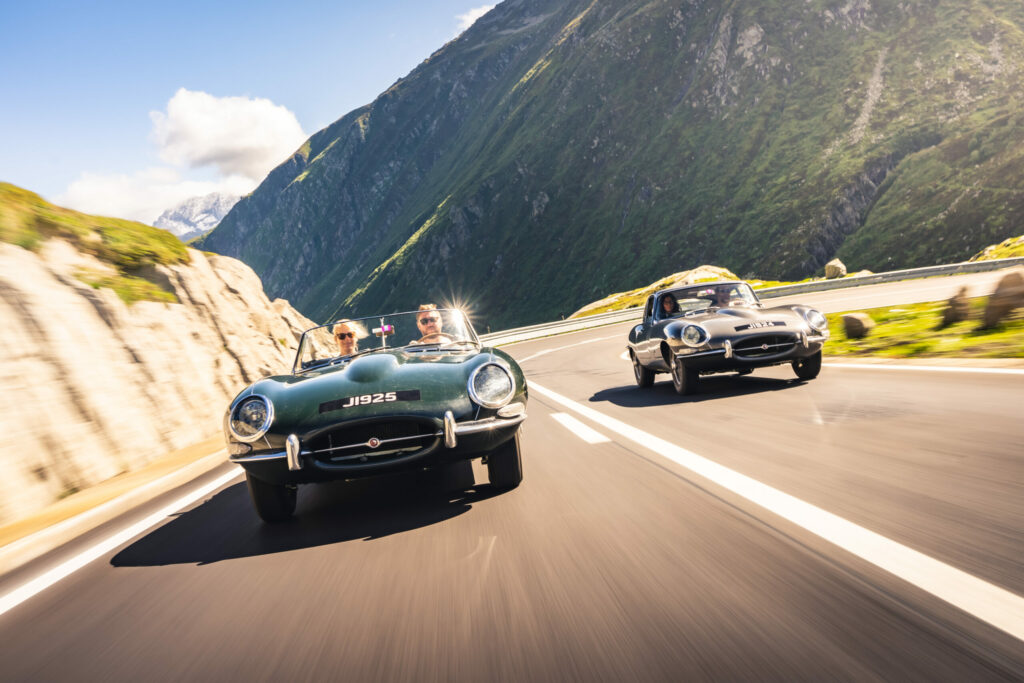
1961 Jaguar E-Type Roadster: Beauty Unbound
When Enzo Ferrari himself declares a competitor’s car “the most beautiful car ever made,” you know something extraordinary has occurred. The 1961 Jaguar E-Type Roadster shocked the automotive world when it debuted at the Geneva Motor Show. Its impossibly long bonnet, perfectly proportioned tail, and oval mouth opening created a silhouette so sensual that one resides in New York’s Museum of Modern Art as a permanent exhibit.
But the E-Type was no mere pretty face. Its 3.8-liter inline-six produced 265 horsepower, propelling the lightweight roadster to 150 mph—staggering performance for 1961 and competitive even today. More revolutionary was its monocoque construction with front subframe, four-wheel independent suspension, and disc brakes all around—technology derived directly from Jaguar’s Le Mans-winning D-Type racer. The E-Type delivered supercar performance at sports car prices, democratizing exotic motoring in a way few cars before or since have managed. The Series 1 roadster remains the purest expression of designer Malcolm Sayer’s aerodynamic genius and Sir William Lyons’ vision for Jaguar.
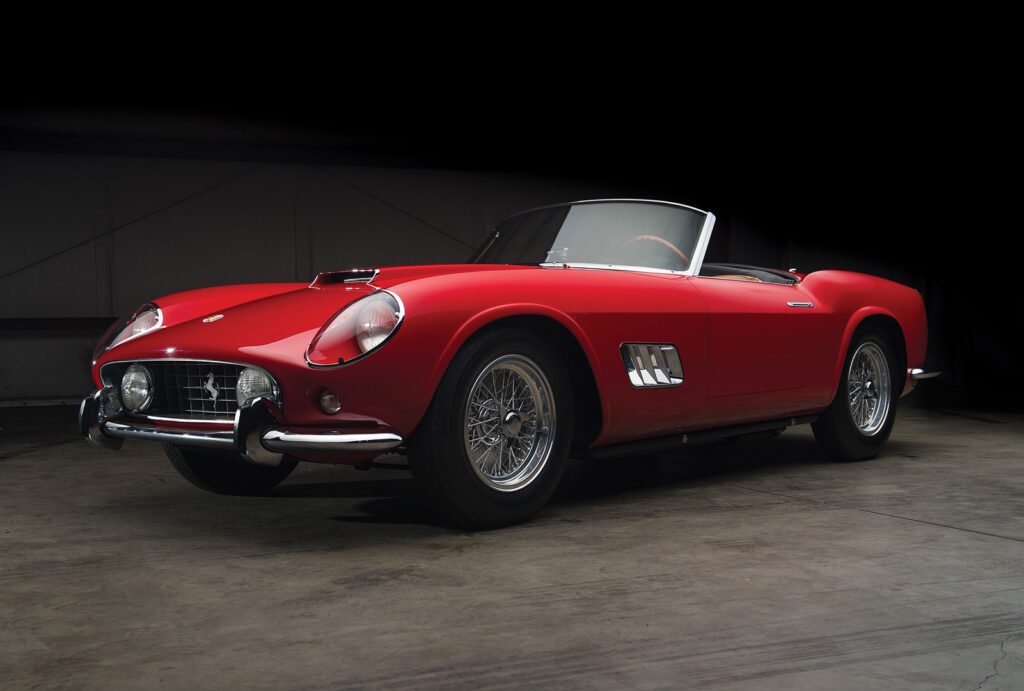
1963 Ferrari 250 GT California Spider: The Holy Grail
If there exists a holy grail among convertible sports cars, it surely must be the Ferrari 250 GT California Spider. Commissioned specifically for the American market by Ferrari importers Luigi Chinetti and John von Neumann, the California Spider combined the race-bred mechanicals of Ferrari’s legendary 250 GT with open-air styling by Pininfarina and coachwork by Scaglietti. Only 106 were built across both short-wheelbase and long-wheelbase variants, making this among the rarest production Ferraris.
At its heart lies Ferrari’s iconic 3.0-liter Colombo V12—an engine so perfect in design and execution that Ferrari continued refining rather than replacing it for nearly 30 years. With 280 horsepower delivered through a four-speed manual transmission, the California Spider wasn’t just beautiful; it was genuinely fast, capable of 150 mph—extraordinary for its time. Its proportions—the long hood, short deck, and aggressive stance—remain the template for grand touring convertibles to this day.
Beyond its technical specifications, the California Spider represents the pinnacle of exclusivity and craftsmanship. Each car was subtly different, with details tailored to their original owners’ preferences. No wonder it has become perhaps the most valuable convertible on earth, with pristine examples exceeding $18 million at auction. When Cameron’s father’s example crashed through the glass garage in “Ferris Bueller’s Day Off,” car enthusiasts worldwide collectively gasped—fortunately, it was a replica.
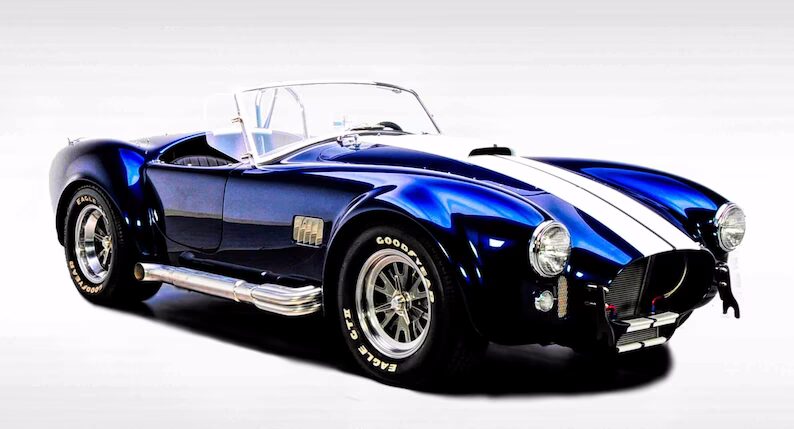
1966 Shelby Cobra 427: Raw American Power Unleashed
Few cars embody the raw essence of open-air motoring like Carroll Shelby’s masterpiece—the 427 Cobra. This Anglo-American hybrid paired AC Cars’ lightweight British chassis with Ford’s monstrous 427 cubic-inch (7.0-liter) V8, creating a power-to-weight ratio that remains astonishing even by modern standards. With 425 horsepower in a car weighing just over 2,300 pounds, the Cobra could demolish virtually anything on the road in 1966, reaching 60 mph in under 4 seconds—numbers that remain impressive nearly six decades later.
Unlike many collectible convertibles, the Cobra was never about luxury or refinement. Its side pipes expelled exhaust notes that could set off car alarms, its minimalist cockpit offered little protection from the elements, and its handling demanded constant attention. Yet this raw, unfiltered connection between driver and machine is precisely what makes the 427 Cobra the most valuable American convertible ever produced, with original examples commanding over $5 million at auction. The Cobra represents the convertible experience distilled to its essence—overwhelming power, minimal weight, and absolutely nothing between you and the driving experience.
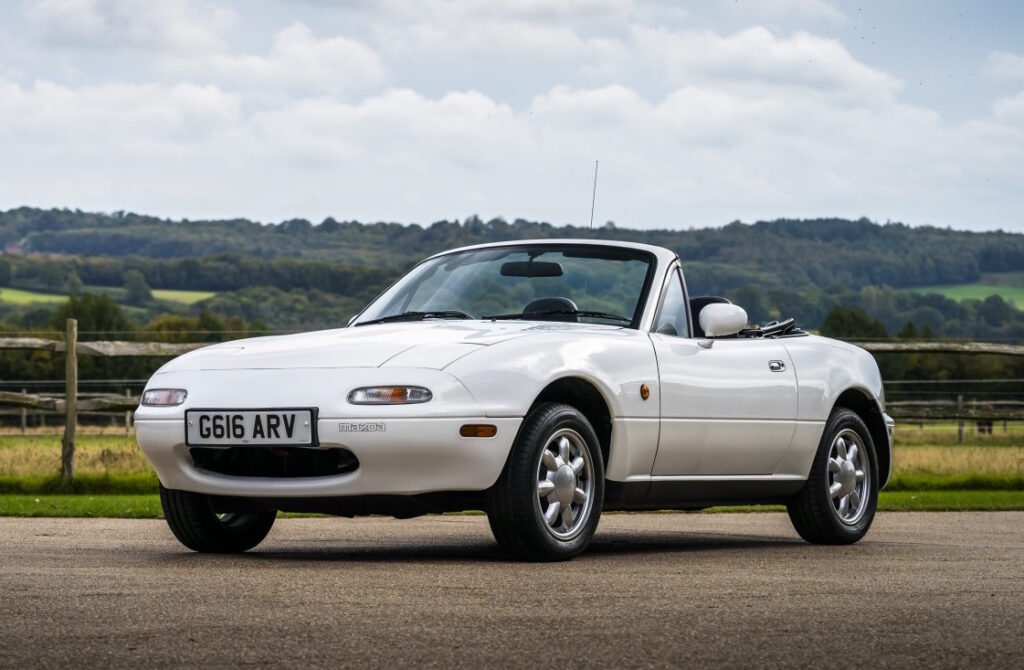
1989 Mazda MX-5 Miata: The Renaissance of Joy
The true renaissance came from an unexpected source: Japan. When Mazda unveiled the original Miata at the 1989 Chicago Auto Show, it wasn’t just launching a car—it was rekindling a romance with open-air driving that many thought had died. Having owned a Miata, I can attest that they captured something magical: the essence of British roadsters like the Lotus Elan, without the electrical gremlins and oil leaks.
The genius of the first-generation NA Miata wasn’t in its specifications—its 1.6-liter four-cylinder produced just 116 horsepower—but in its purity of purpose. At just 2,200 pounds, with perfect 50/50 weight distribution and a manual top that could be operated with one hand from the driver’s seat, the Miata stripped away everything unnecessary to the driving experience. Its pop-up headlamps (sadly lost to pedestrian safety regulations in later generations) and minimalist interior focused attention where it belonged: on the road ahead and sky above.
Program manager Toshihiko Hirai insisted his team understand the concept of “Jinba Ittai”—horse and rider as one—before designing a single component. This philosophy resulted in details like the precisely-weighted short-throw shifter, pedals positioned perfectly for heel-toe downshifts, and an exhaust note tuned to deliver maximum pleasure rather than maximum volume. Three decades and over a million units later, the Miata remains the bestselling two-seat convertible in history—proof that joy, not horsepower, is what truly matters in a roadster.

1995 Ferrari F50: Formula 1 for the Street
While the Ferrari F40 may be more iconic, it was the F50 that truly delivered Formula 1 technology in a road-legal convertible package. Built to celebrate Ferrari’s 50th anniversary, the F50 featured a 4.7-liter naturally aspirated V12 derived directly from the 1990 Ferrari Formula 1 car. With 520 horsepower and an 8,500 RPM redline, the carbon-fiber monocoque chassis with the engine bolted directly to it (no rubber mounts) transmitted every mechanical sensation directly to the driver.
What makes the F50 special among Ferrari supercars was its removable hardtop—making it the only convertible among Ferrari’s five “halo” cars (288 GTO, F40, F50, Enzo, LaFerrari). With just 349 examples produced, the F50 represents the perfect convergence of racing technology and open-air motoring. Its naturally-aspirated V12 produced perhaps the most spine-tingling sound ever to grace a production car—a stratospheric wail that could only be fully appreciated with the roof removed. The F50’s uncompromising approach to performance—it lacked power steering, power brakes, and featured a manual transmission—makes it perhaps the purest driving experience ever offered in a modern supercar.
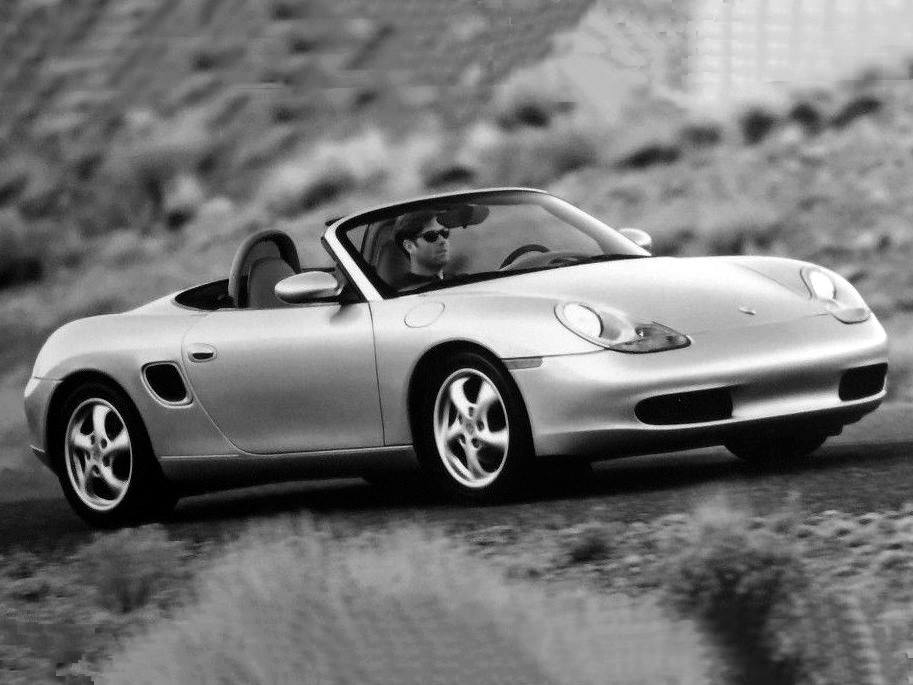
1998 Porsche Boxster: The Savior Mid-Engine
When Porsche found itself in financial trouble in the mid-1990s, the company bet its future on a mid-engine roadster that would share components with the 911. The result—the 1998 Boxster—didn’t just save Porsche; it created perhaps the most balanced driver’s car of the modern era. With its flat-six engine mounted amidships and a power-operated top that stowed neatly under a dedicated cover, the Boxster brought Porsche ownership within reach of a new generation.
The original 986 Boxster’s 2.5-liter engine produced a modest 201 horsepower, but its mid-engine layout created handling so neutral and forgiving that drivers of all skill levels could explore its capabilities safely. The distinctive sound of its flat-six, directly behind the driver’s ears with no roof to muffle it, created an auditory experience that rivaled cars costing three times as much. The Boxster proved that Porsche’s engineering excellence wasn’t limited to the 911 and established a model line that continues to set the standard for accessible performance convertibles to this day.
The Modern Convertible Spectrum: From Accessible Joy to Stratospheric Luxury
What makes today’s convertible landscape so exciting is its breadth.
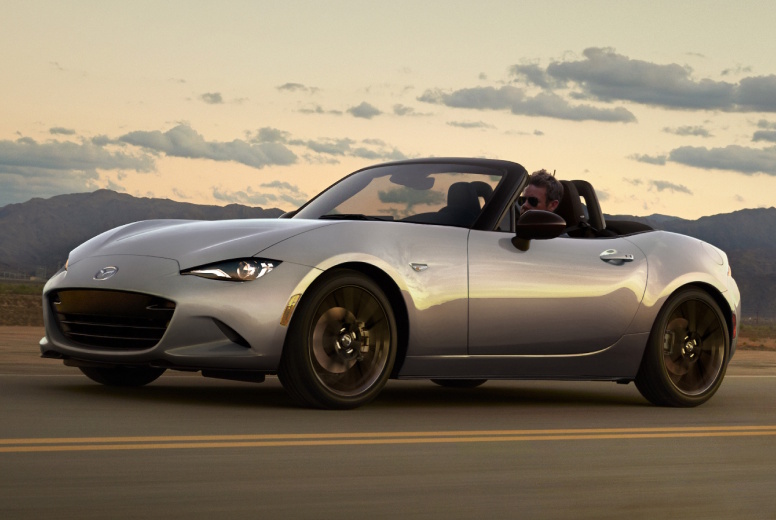
Mazda MX-5
At one end, the Mazda MX-5 continues its 35-year mission of delivering pure driving joy. The Club edition costs $36,000—about the price of a mid-range SUV—yet delivers a more authentic driving experience than cars costing three times as much. Its 2.0-liter engine produces “only” 181 horsepower, but in a 2,300-pound chassis with perfect 50/50 weight distribution, it’s all you need. The six-speed manual transmission—increasingly rare in today’s market—offers short, precise throws that make every gear change satisfying. On mountain roads, it’s not about straight-line speed but the car’s telepathic responsiveness. The manually operated soft top can be lowered in three seconds with one hand—no motors, no complications, just immediate access to the sky.
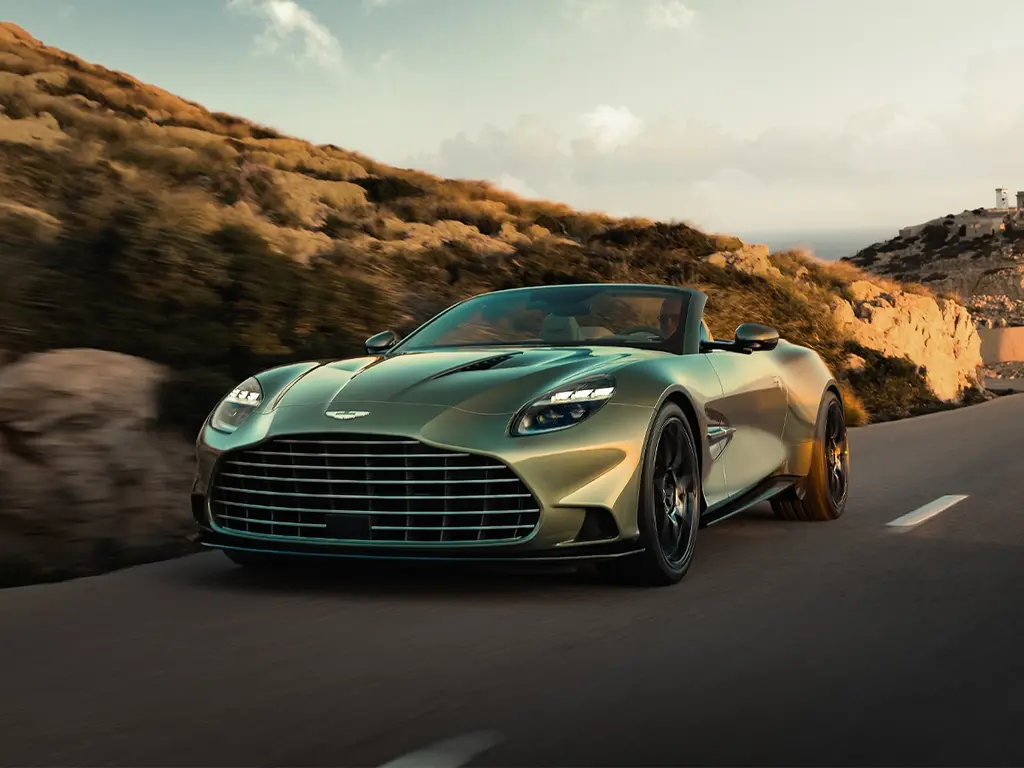
Aston Martin DB12 Volante
At the opposite end of the spectrum sits true stratospheric luxury in the form of the Aston Martin DB12 Volante—automotive artwork with a price tag approaching $300,000. The numbers are staggering: 671 horsepower from its AMG-sourced twin-turbo V8, 0-60 in 3.6 seconds, and a top speed exceeding 200 mph. But raw performance isn’t what makes the DB12 special—it’s the craftsmanship. Each interior requires over 70 hours of handwork, with hides sourced from high-altitude Scandinavian cattle (fewer insect bites mean fewer imperfections in the leather). The Z-fold roof operates in 14 seconds and can be activated at speeds up to 31 mph—perfect for those sudden English rain showers. The DB12 Volante represents the pinnacle of modern grand touring convertibles—effortless power wrapped in bespoke luxury that makes every journey an occasion.
The Engineering Challenge: Rigidity Without a Roof
What many don’t appreciate is the engineering complexity behind creating a convertible that drives well. Remove a car’s roof, and you eliminate a key structural element—like removing a beam from a building. This loss of rigidity creates the dreaded “cowl shake,” where the body flexes over bumps.
Modern convertibles address this through extensive chassis reinforcement. Porsche’s 911 Cabriolet adds nearly 200 pounds of strategic bracing compared to its coupe sibling. This added weight slightly impacts performance but delivers a driving experience nearly indistinguishable from the hardtop. During a track day at Laguna Seca, I was astonished by how the 911 Cab maintained composure through the infamous Corkscrew—a testament to Porsche’s obsessive engineering.
Even “affordable” convertibles like BMW’s 4-Series employ sophisticated solutions. Its chassis uses high-strength steel in critical areas and aluminum where weight savings are beneficial. The result is a convertible that exhibits minimal flex—something I confirmed during a spirited drive through Pennsylvania’s Allegheny Mountains last fall.
The Intangible Element: The Symphony of Sound
What truly separates extraordinary convertibles from merely good ones is sound engineering—both literal and figurative. With no roof to muffle the engine, the exhaust note becomes part of the driving experience. The Ferrari Portofino M exemplifies this perfectly. Its twin-turbo V8 is electronically tuned to deliver a soul-stirring crescendo as it approaches its 7,500 RPM redline. With the top down on Italy’s Amalfi Coast, the sound reverberates off the rock walls, creating a private concert for driver and passenger.
Even the humble Miata receives exhaustive attention to its acoustic profile. Chief engineer Takao Kijima once explained to me how they tuned the intake system to deliver a specific resonance at 5,000 RPM—precisely when the engine’s torque peaks. This careful orchestration creates an auditory reward exactly when the car feels most alive.
The Convertible Future: Electrification and Beyond
As we move toward an electrified future, convertibles face new challenges and opportunities. The Porsche Boxster EV, expected next year, promises to maintain the model’s signature handling while delivering instant electric torque. What will be lost in engine sound might be gained in heightened awareness of the surrounding environment—the rustle of leaves, the whisper of wind, the subtle sounds previously masked by combustion.
The brutal truth is that convertibles have always been emotional purchases—a triumph of desire over practicality. They’re less practical than coupes, heavier, often less rigid, and more expensive. But logic alone makes for a dull automotive landscape. As long as there are drivers who value experience over practicality, who understand that the journey matters more than the destination, convertible sports cars will continue to offer that irreplaceable sensation of freedom.
After all, no one reminisces about that time they took their sedan to pick up groceries, but that sunset drive along the coast with the top down? That memory lasts forever.

